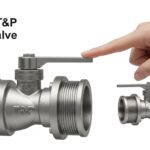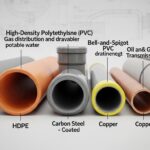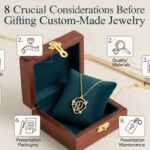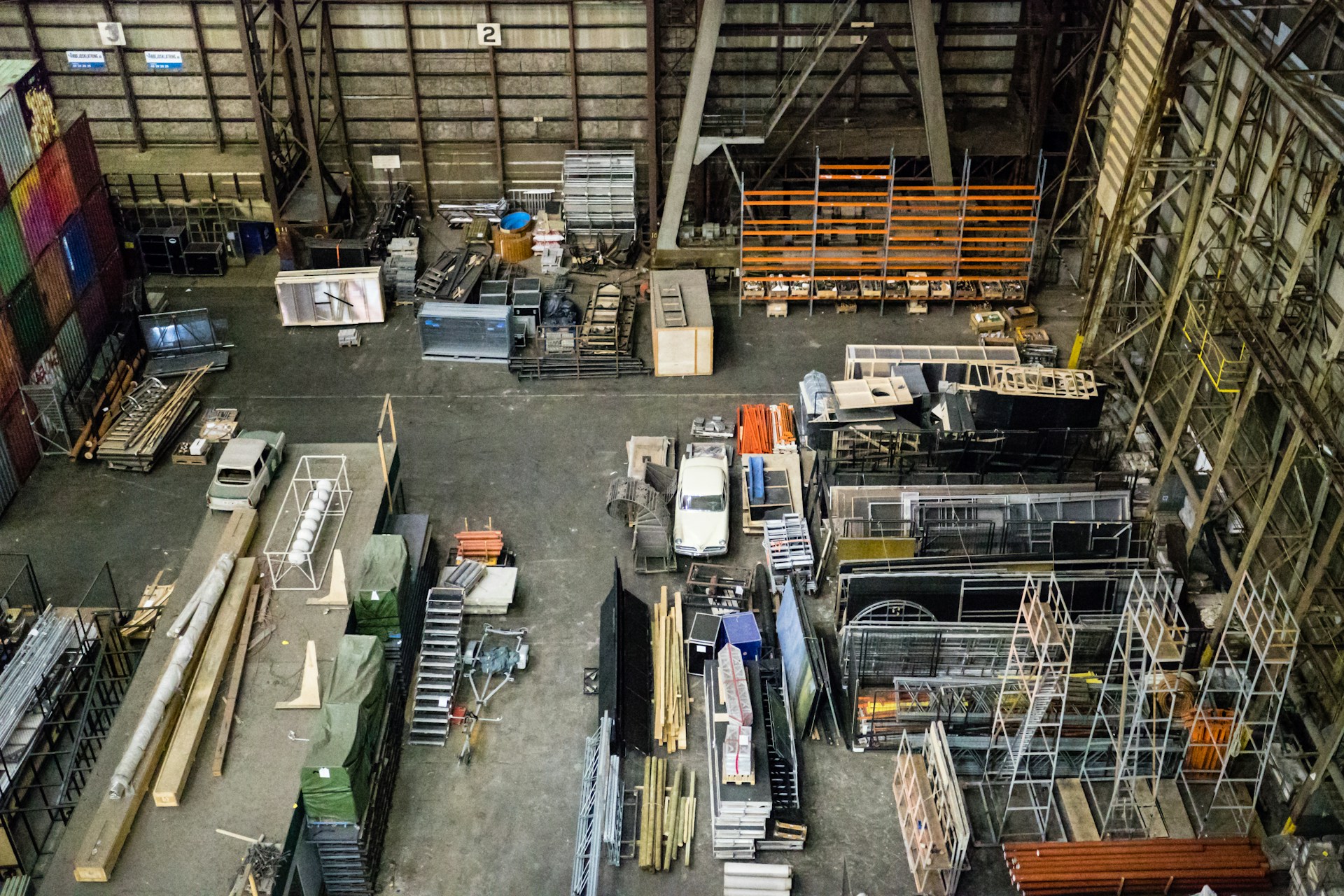A Narrow Passage
Noysky Projects
6727 1/2 Hollywood Blvd
Los Angeles, CA 90028
Opening Reception | Saturday, October 14th 3 – 6pm
Exhibition Dates | October 14th – November 12th, 2017
Gallery Hours | Thursday – Saturday 12pm – 6pm or by appointment
FOR IMMEDIATE RELEASE — Noysky Projects presents A Narrow Passage, a multidisciplinary exhibition that explores themes of constriction, compression, and concealment as a way to relate to personal biographies. Abstract works from A Narrow Passage are comprised of materials that twist, turn, choke, or smother to the point of entropy, while others have approached constriction in a more gratifying way, like the euphoric sensation of pleasure derived from pain.
Artists have used the compression of space as a visual device to relate to the body for thousands of years. Ancient Egyptians wrapped the body in ornate sheaths that accentuated the unique forms of the individual, while the Japanese developed shibari during the Edo period as a way to decoratively display prisoners with bondage. Twentieth-century post-minimalists like Eva Hesse and Jackie Winsor put the body back into abstraction, using hands-on processes and tactile materials that actively rejected the impersonal qualities of the minimalists.
Some of the works in A Narrow Passage relate to the quirks of the body, straddling the line between fragility and rigidity, using irregular, organic forms. Others have used tension to reveal internal conflict, illuminating our efforts to adapt to our new political realities.
Moreover, the works in A Narrow Passage touch on core tenets of materialism, the theory that all objects are alive because of their capacity to make a difference in the world, influencing each other in a complex web of interrelationships. These works can be seen as a bridge between animate and inanimate objects, combining to produce effects that are both dramatic and subtle.
Gathering: Artist Bernie Lubell
1251 Solano Ave, Albany, California 94706
Showing July 5 – August 31, 2017
Recption: Saturday July 15, 5 – 7 pm
Artist Talk: Saturday August 12, 5 – 7pm
Artist Statement:
I make interactive installations that focus on the intersection of science and the arts — but my work is adamantly low -tech. These installations use no computers or video or motors and are entirely powered by visitors to the show. As visitors work together to animate the mechanisms they create a theatre for themselves and each other. By requiring participation, touch and manipulation I get the audience to engage their bodies as well as their minds. As they play, participants tap into the vast reservoir of knowledge stored in each of their own bodies and they become active partners in constructing an understanding. The way that pieces move and feel and sound as you rock them, pedal, crank, press against and listen applies the kinesthetic comprehension’s of childhood to the tasks of philosophy.
The use of wood and ancient technologies to examine 21st century issues adds a disarming historical perspective to my enterprise. The pieces are funny, friendly and personal even as they tackle serious issues such as the nature of conscoiusness or the origins of life. The malleable woods I use are ill suited to be machines and yet they do work. Hovering at the line between working and not gives the mechanisms that tenuous yet tenacious character which mirrors control issues in our daily lives. And their very unlikeliness allows each installation to comment on itself.
My work resembles three dimensional Medieval diagrams, mapping questions about our place in the universe. But these are maps of the incompleteness of our knowledge that call for participation and they are diagrams you may literally inhabit.
John Wolf of Human Condition
How did Human Condition come together? What was the process like?
The Human Condition stemmed from a personal desire to feel emotion. I had a shortlist of figurative artists that elicited a visceral feeling to me. At the moment of inception, I did not have a physical space for the show. It was when a client of mine mentioned the acquisition of the abandoned hospital that a light bulb illuminated. Upon viewing the space I knew that it was within these walls that previously stored so much human emotion I would find a great fit for the show.
No! I initially thought maybe 20 artists. The space is so big, I couldn’t stop, there were too many great works to display, so I kept going, finally capping it at 87 😉What were some frustrations that you encountered?
There were the day-to-day curatorial frustrations of artists whose works were not available, or the short timeline being a hinderance, but ultimately my own inner doubts that were the most frustrating. I chose not to listen to them, and forged ahead, not knowing if anyone would come see the show. Turns out people came 😉 2000 people on opening night.
Yes, it will be even more immersive and intense, a surprise, so no spoilers!
What do you see through the lens of this role in the contemporary art world that you may not have otherwise known about?
People are craving a different experience. The white walls of a gallery have gotten tired. The site specificity of unique exhibitions like this are what excites younger generations to educate themselves on the art world.
What is your role as an art broker?
As a private art dealer, I assist clients in creating outstanding collections based on pre-defined goals. I work in contemporary, post-war, and emerging. I work tirelessly to source the best works for clients, whether new to collecting or established.
What is something every artist should know, from an art broker’s perspective?
Kindness and being really cooperative will get you everywhere. You have to earn your stripes just like anyone else. No one owes you anything just because you’re an artist. Your ego is not your amigo. Share.
When or how did you decide to pursue a career in the arts?
I was a collector and passionate about art, educating myself at every chance I could get. It was an organic process to become an advisor as I was being asked by myriad friends and colleagues for advice. It was shortly after I realized I could make a living doing it!
Anytime there is dramatic political change, artists and culture rise up in response. Whether with blatant statements, or with process change and enhanced creativity – there will be a surge of new work that is truly inspirational. Whatever your opinion on the new president, one thing is certain – disruption will take place, and positive movement in the art world, and I believe, enhanced investment in buying work.










